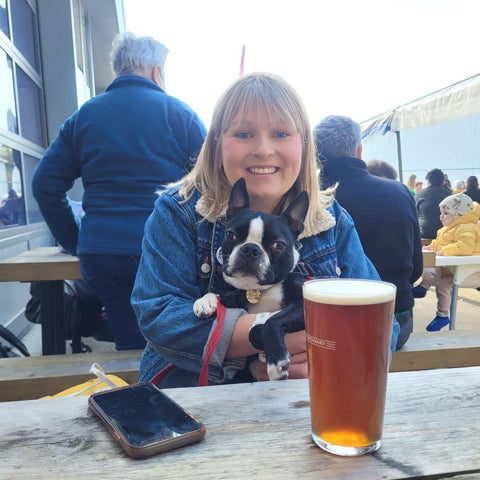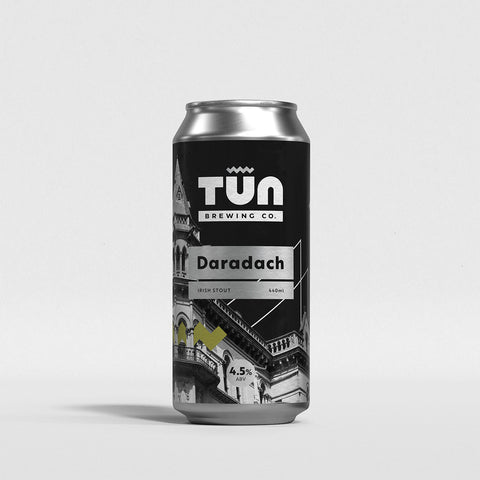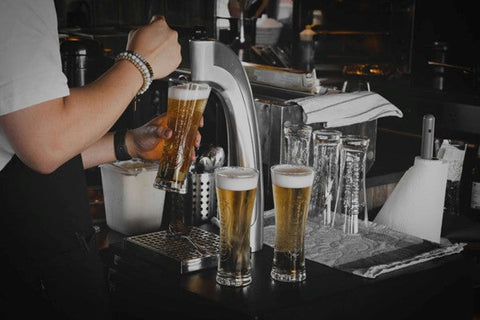About Lianne
Lianne Williams is a beer writer and Certified Cicerone based in Manchester. She has led brewery tours, guided tasting and food pairing events and judged at beer festivals including Chorlton Beer Festival and SIBA BeerX.
Tasting Beer
As a Certified Cicerone and all-round beer enthusiast, you may be surprised to know that I used to dislike drinking beer. I genuinely used to believe that all beers tasted the same and were lacking in flavour.
This all changed one Summer when I visited Budapest for the first time. It was expensive to drink wine, and as a student on a budget, the beer was much more affordable. I gave it a go and what I discovered was a refreshing drink with a crisp bitterness and balanced malt and hop character. It goes to show how important it is to challenge your own perceptions from time to time and be open to trying new things.
The next stop on my trip was Berlin, and with my new found curiosity for beer, I enthusiastically threw myself into sampling a wide range of traditional German styles. From clean, crisp, delicately hopped pilsners to the bold hefeweizen with its banana and clove yeast-profile - I was sold. With each different style I have tried over the years, the more my interest has peaked, and this led to me wanting to learn more. Beer is so much more than a drink: it’s history, it’s science, it’s a beautiful Belgian tradition served to you in a pristinely clean, branded class. From the water chemistry of London and Burton-on-Trent, which led to the development of the English Porter and Pale Ale styles respectively, to the insurmountable rise of the American craft beer scene in the 1970s - beer is fascinating and there is so much to learn.
Beer is a social beverage which is designed to be enjoyed in many ways, whether it’s a pint in a pub catching up with an old friend or at the dinner table, paired with a great meal. It’s incredibly versatile. The high carbonation and the variety of flavours across the beer spectrum make it a great partner for cheese, as well as many other foods. Trust me, a fruity, full-bodied Double IPA pairs just as well (if not better!) with a bold blue cheese than any red wine.
There are so many different flavour characteristics in hops, malt and yeast and these mirror those in our food, so can be very complementary. Have you ever tried a Crème Brûlée alongside the akin flavours of a Brown Ale with its caramel and toasty notes? How about with a Belgian Kriek? Its fruity tartness cuts through the creaminess of the crème brûlée and the cherry flavours take the decadent desert to another level.
The aroma of beer also plays an important role and can contribute to a very nostalgic experience. For example, a cinnamon spiced imperial stout can bring about memories of Christmas, just as a dry hopped India pale lager may bring back thoughts of an incredible summer's day.
Getting started with tasting beer to appreciate the aromas, flavours, appearance and craftsmanship can be achieved through these simple steps.
-
A clean glass that has been allowed to dry naturally is really important. Without this, you will not be experiencing the beer as the brewer intended and aspects of the beer's appearance, such as the foamy head and lacing around the glass will be impacted. To fully enjoy the experience, make sure you rinse your glass with cold water before serving as well.
-
Pour your beer into the clean glass slowly and at an angle. Once ready, my preferred technique for taking in the aroma is to cover the top of the glass with your hand and swirl the liquid around for about 10-15 seconds. This allows the beer to warm up very slightly which helps the aromas become more vibrant. I would then recommend removing your hand and taking a deep sniff. Depending on the style of beer, you may pick up a wide range of aromas, for example caramel or chocolate from malts or piney, resinous or fruity notes from hops.
-
Taste the beer, considering the style and the ingredients used. Is it what you would expect from the style, and are the flavours from the hop varieties coming through? Does the beer look as you would expect and what is the overall experience? You may find it helpful to take a few notes, so you can compare and refer back during future tastings.

Picking up the different flavours in beer and exploring what styles you like best can take time and experience, but it is really easy to get started! For more tips about tasting and understanding beer, I’d recommend the book “Tasting Beer” by Randy Mosher which explores the many different styles of beer and useful guidance on how best to enjoy it. Another book I’d recommend is by the beer writer Natalya Watson, who helped me achieve my Certified Cicerone accreditation. Her book “Beer: Taste the Evolution in 50 Styles” is the perfect companion to anyone getting started with their beer tasting journey.







